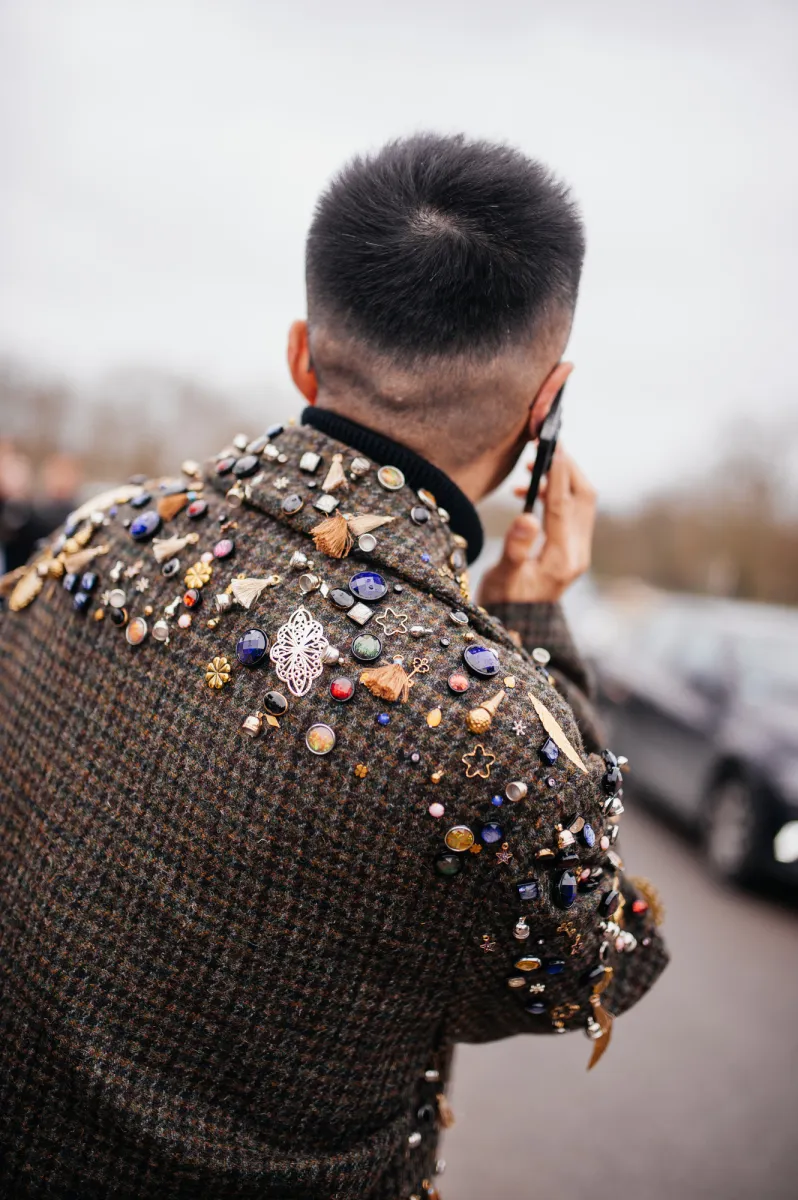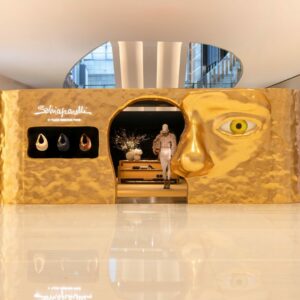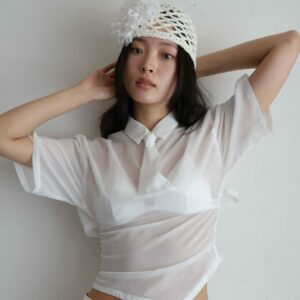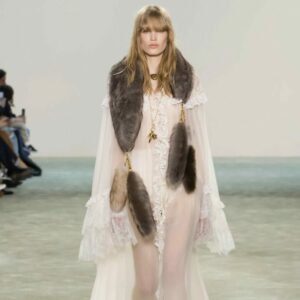For a long time, brooches were shorthand for “sensible.” They sat out of fashion – too polite, too prim, they were inherited, not bought. They belonged to women with good handbags and weekly blow-dries, pinned neatly to coats that never saw rain or to a blazer at a board meeting, but never on anyone under fifty. Then, quietly, they disappeared, replaced by logos, minimal chains, and anything that felt less like your grandmother’s jewellery box.
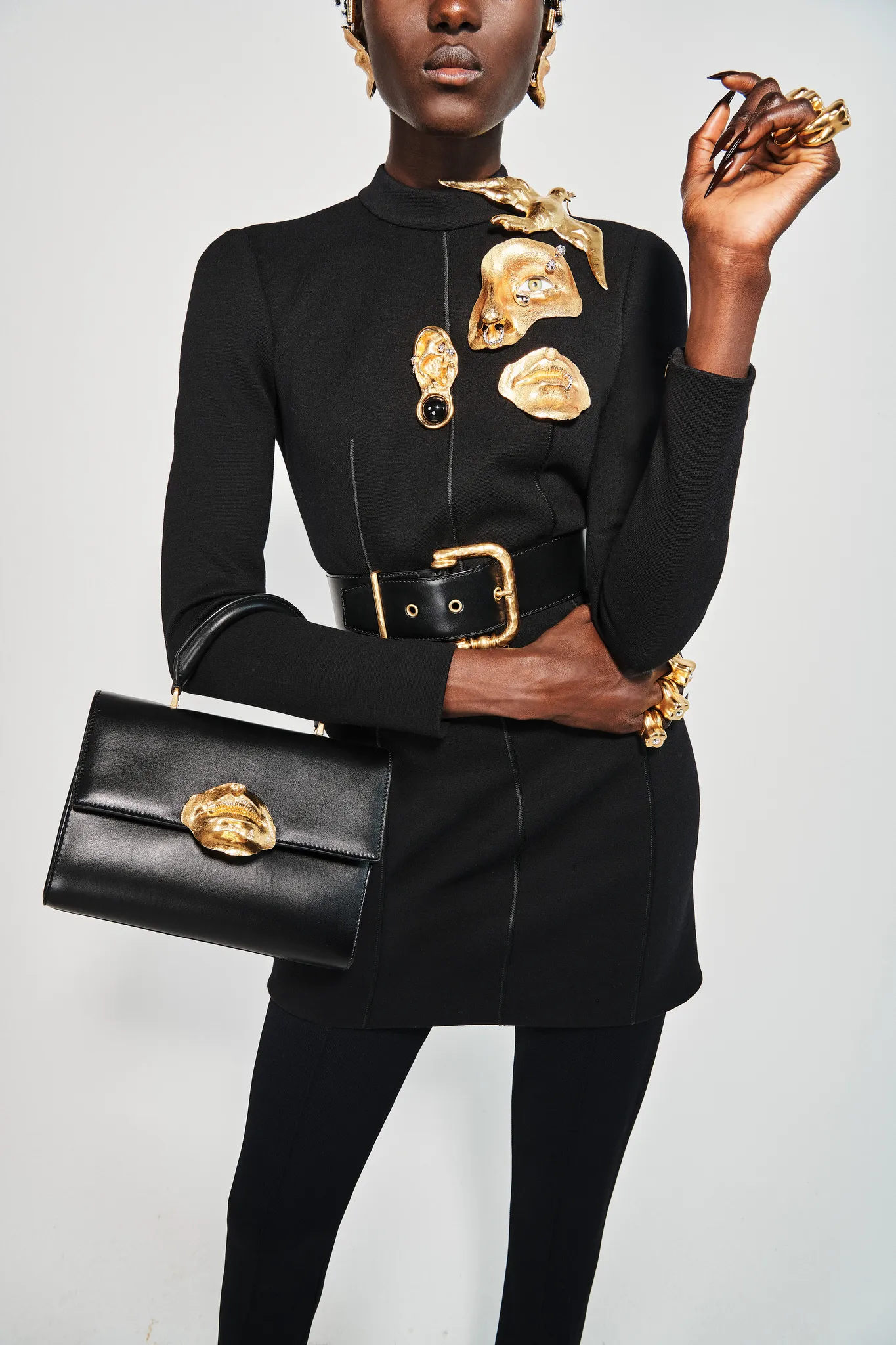
Now they’re back, and they’ve shed their manners. Brooches have returned to fashion not through nostalgia, but curiosity. Designers are treating them like building blocks rather than decoration. At Miu Miu, they’re used to anchor layers of chiffon; at Schiaparelli, they become small pieces of sculpture. Even off the runway, they’ve crept into wardrobes: a pin on a trench coat, a glass bug on a denim jacket, a cluster of vintage finds holding a scarf together.
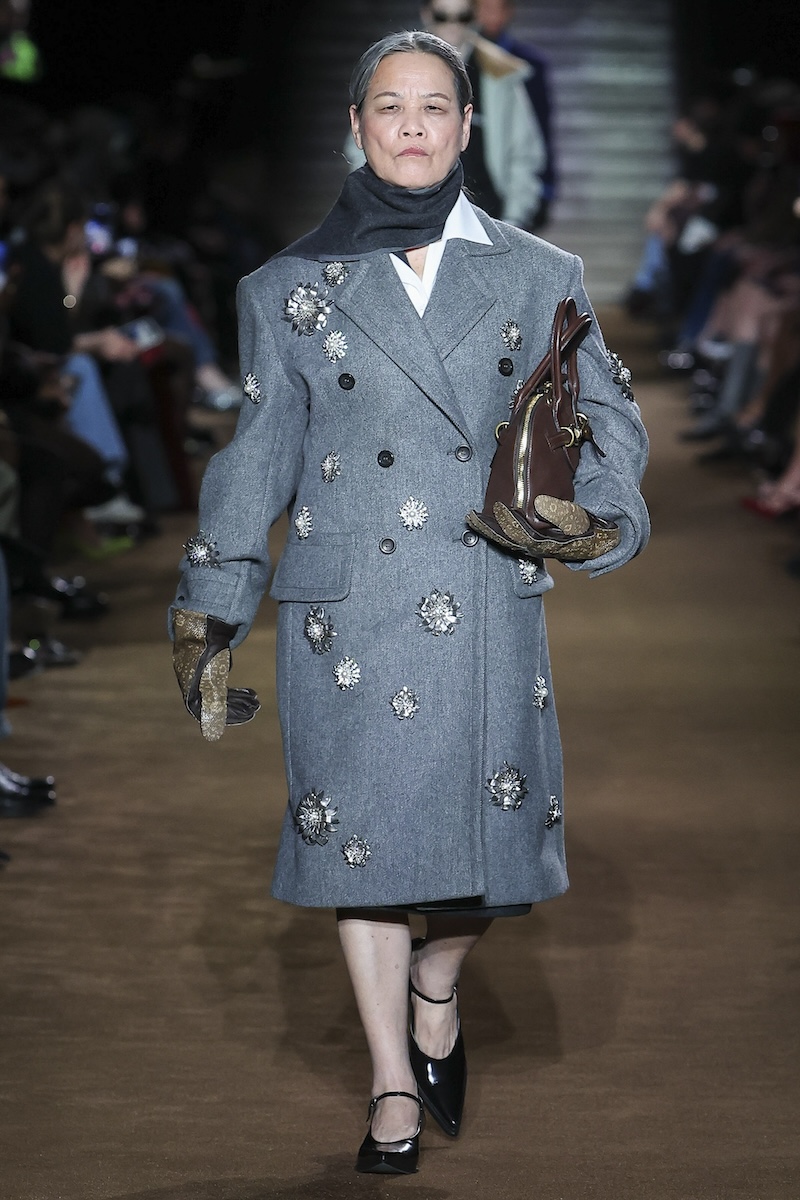
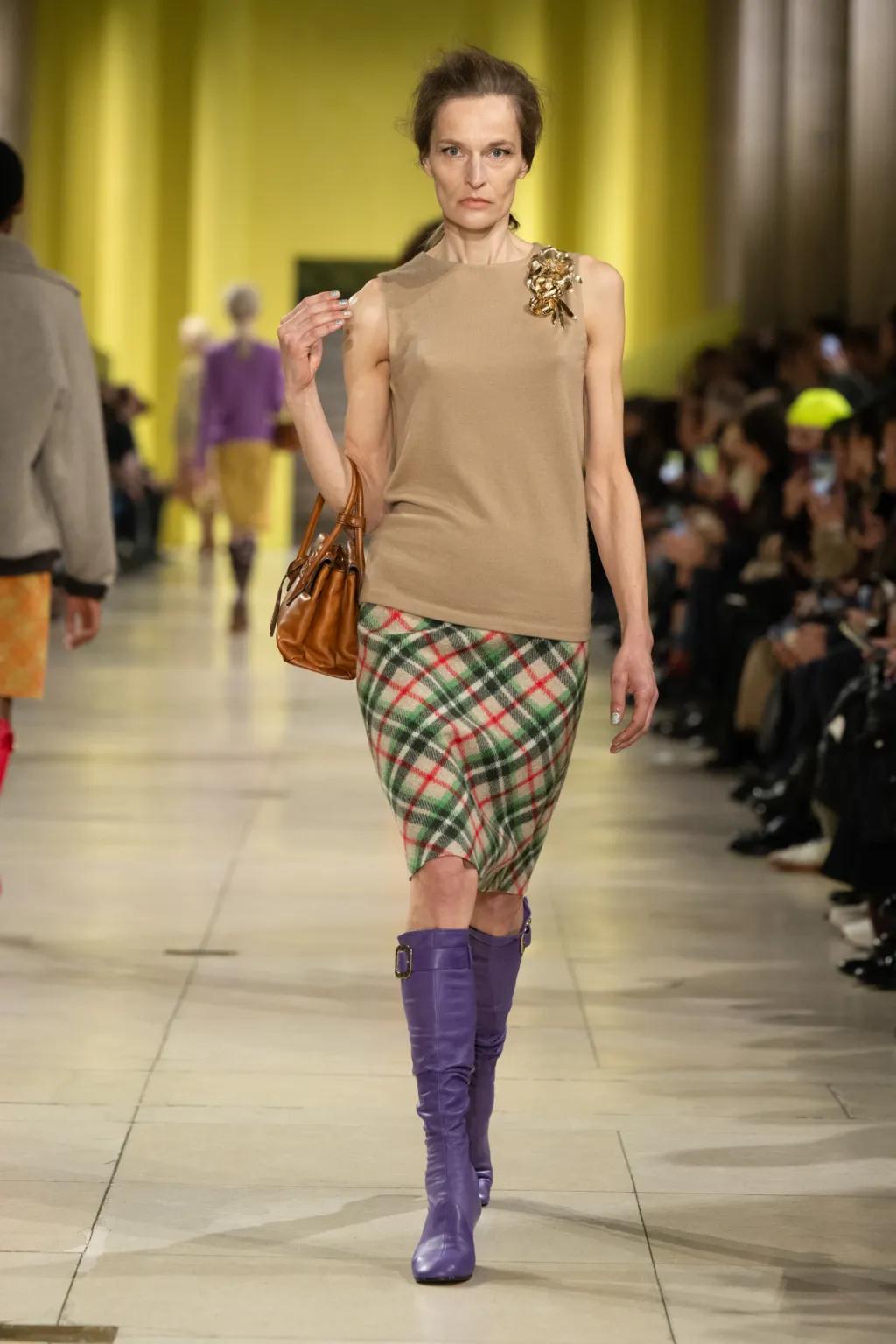
Designers have picked up on its potential. At Miu Miu, clusters of glass pins pull focus on minimalist knits. At Schiaparelli, gold pieces jut out from fabric like tiny sculptures. On the red carpet, they’ve crept onto lapels, pockets, belts. The brooch is back in circulation, but it’s learned to misbehave.
What makes it interesting this time is how open-ended it feels. There are no rules about placement or proportion. Some people wear one oversized piece; others collect a handful and arrange them like constellations. It’s jewellery that behaves more like styling, a small edit that changes the rhythm of an outfit.
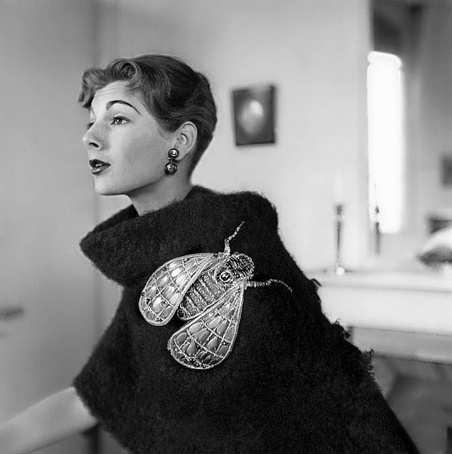
It’s also refreshingly democratic. Vintage markets are full of them, often underpriced and one of a kind. At the other end, jewellers like Emefa Cole, Delfina Delettrez and Jessica McCormack are reworking the format in enamel, glass and recycled gold. There’s no longer a clear line between fashion jewellery and fine – the brooch crosses both worlds without apology.
Part of the pleasure is the gesture itself. You have to decide where it goes and commit to the pin. It’s not as effortless as slipping on a chain or a ring, but that’s the point. In a culture of fasteners designed to disappear, the brooch insists on being seen. It adds a pause to getting dressed.

It helps that it suits everyone. On men’s tailoring, it reads as confident; on women’s coats, irreverent. Timothée Chalamet wears Cartier; Rihanna prefers vintage. Street stylists pin them to bomber jackets or denim collars. The effect is less “grandmother” than “editor off-duty.”
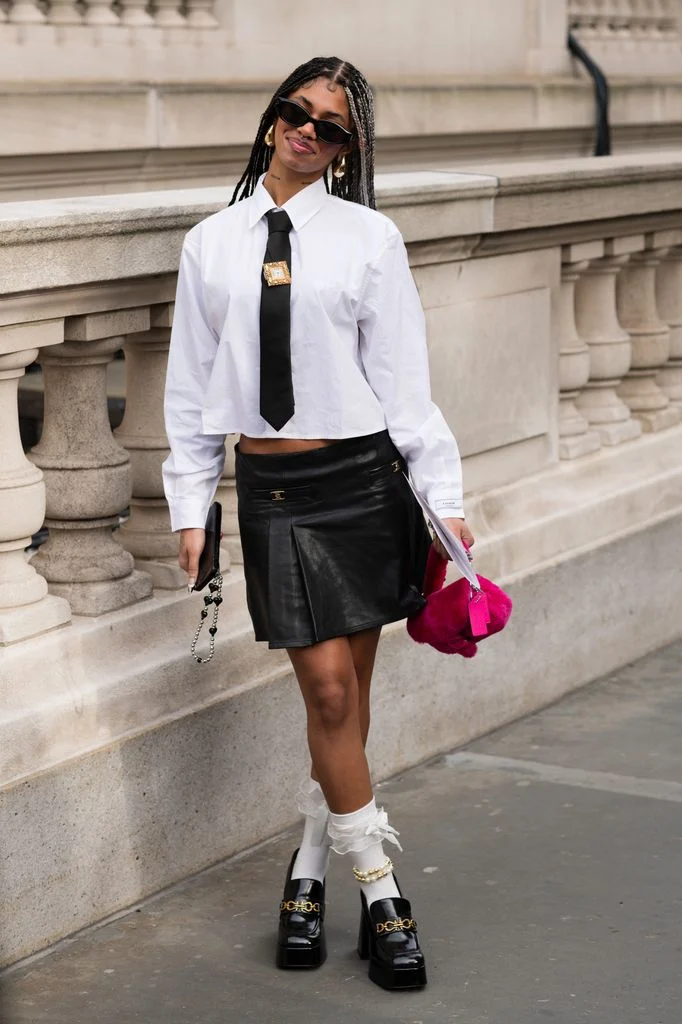
Ultimately, the return of the brooch says something about how people want to dress now, with wit, intention, and a sense of play. It’s not about nostalgia but experimentation. It turns dressing into composition, one pin at a time.
Our grandmothers wore them as badges of belonging. We wear them as proof that even the smallest detail can change the whole picture.

For more stories of fashion from around the world, visit our dedicated archives and follow us on Instagram.
